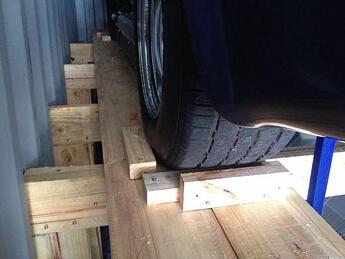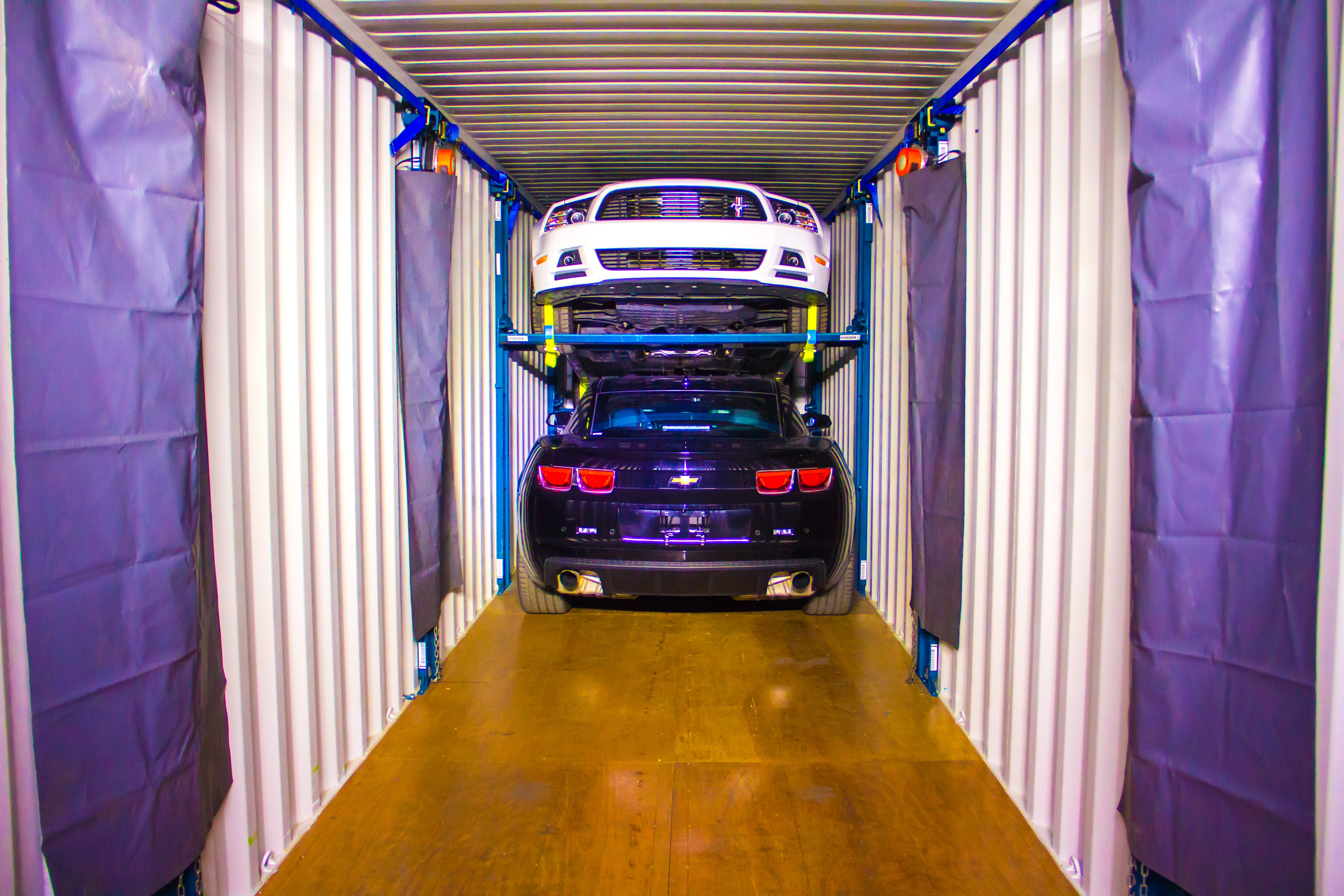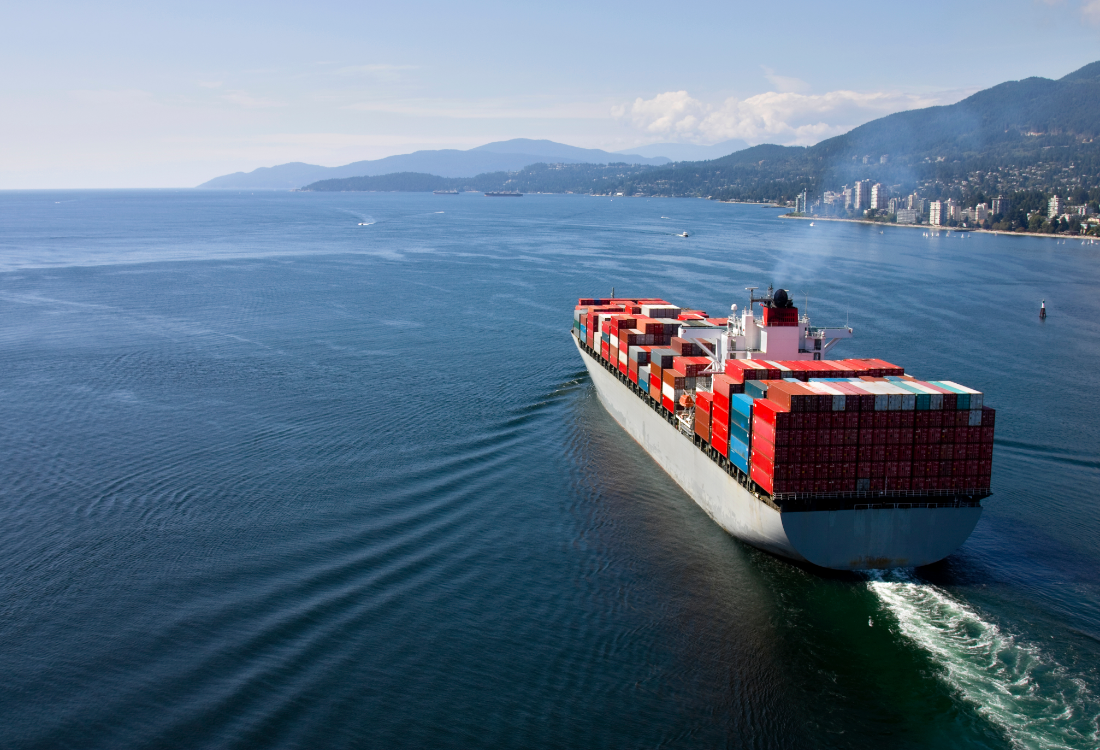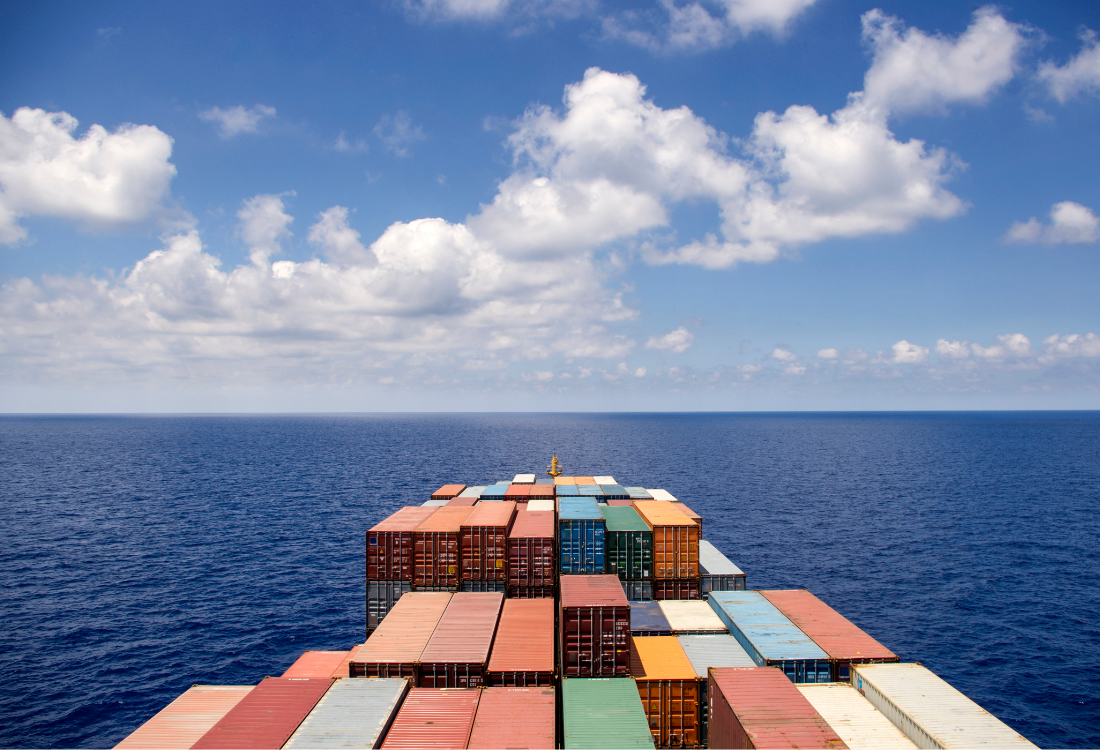
Everyone with experience in international containerised car shipping knows about the perils of wooden racking. Often sourced from the cheapest vendor, it frequently splits or cracks, damaging vehicles.
As a single-use product, it offers a very low ROI. Amidst climate change, choosing it as an option does very little for improving Corporate Social Responsibility. And then, with a brand-new revamp for 2021, there’s the whole problem of ISPM 15…
What Is ISPM 15 And Why Does It Matter?
Biosecurity is a major element of international shipping. The argument is a straightforward one: countries do not want foreign insects, fungi, bacteria, and viruses landing on their shores. As an organic material, wood is a perfect vessel for transporting such unwanted passengers. The International Standards for Phytosanitary Measures No. 15 (ISPM 15) aims to make wood safe by ensuring that bark is removed, that the remaining material is fumigated with the pesticide bromomethane – a substance now banned for agricultural use in the majority of countries - and that the treated product is stamped to demonstrate compliance.
Made a basic customs requirement from January 2021, ISPM 15 reduces the likelihood of wood-borne diseases spreading around the world. It adds significant cost to the shipping process and creates more paperwork, but it is reasonably effective. ‘Reasonably’ is the correct term here, because numerous types of bacteria and fungi need more than simply blasting with a banned pesticide to completely remove them. Therefore, many countries also require wood to be kiln-fired at an additional cost.
What’s The Future Of Wood?
One of the main concerns raised by ISPM 15 is the use of bromomethane. As an insecticide it is highly effective, but its capacity to cause nerve, organ, and neurological damage does not end with small creatures. Humans need to wear respirators to withstand exposure to bromomethane concentrations of 0.5 ppm. Treating wood demands exposure of 16,000 ppm. The results of accidental exposure to even a tenth of this amount is often fatal. Regular exposure to even small amounts has been linked to long-term brain damage, kidney damage, lung damage, loss of sight, and increased cancer risk.
As such, the UK government have deep health and safety concerns about the use of wood as a shipping and packaging material. It is not alone - the EU, Australia, and New Zealand are also contemplating phasing out the chemical for wood treatment.
Safer Options
Given that there are major sustainability question marks over the use of wood in racking products, it is little surprise that the material is rapidly falling out of favour. Therefore, companies are increasingly turning to safer methods. When it comes to container shipping, high-quality steel racking solutions offer a range of future-proofed benefits. As a non-organic material that is rust-free, steel does not pose any biohazards, meaning that it does not generate any customs headaches. Easily recycled at the end of its seven-to-ten-year lifecycle, it is also an environmentally responsible option.
Next Steps
For more information about how you can avoid the practical and financial dents of ISPM 15, and how to make the most of sustainable steel, have a chat with one of our containerised shipping specialists today.















